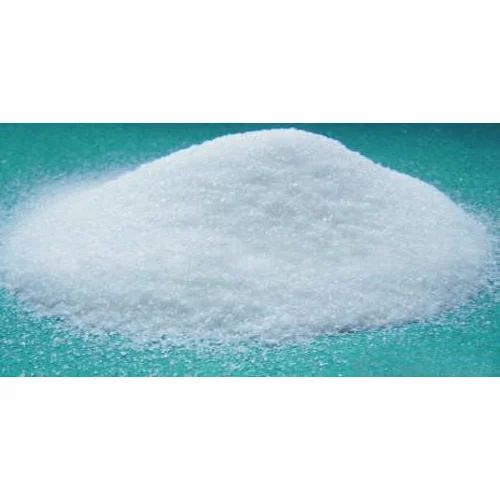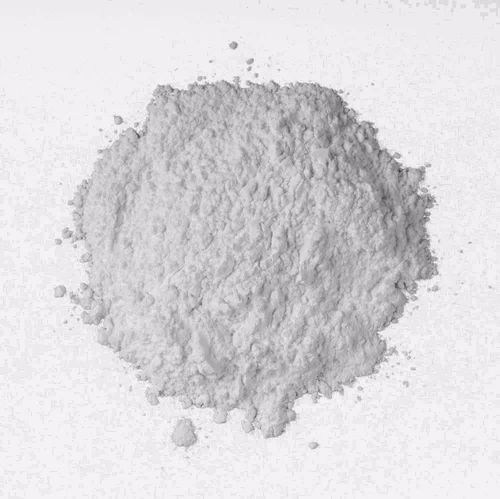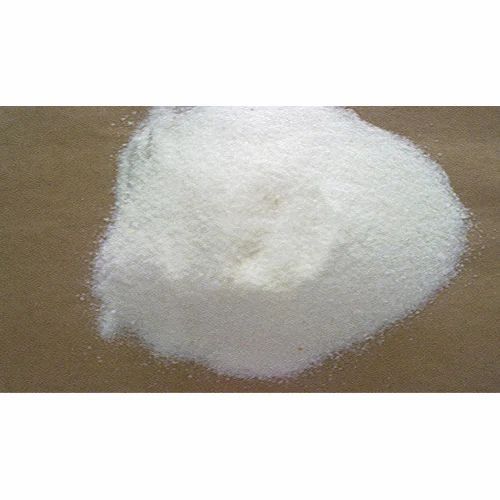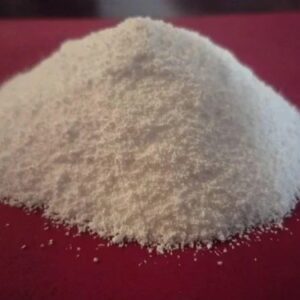Potassium Sodium Tartrate: The Comprehensive Product Guide
Potassium sodium tartrate, frequently referred to as Rochelle salt, is an important inorganic compound with the chemical formula KNaC4H4O6⋅4H2OKNaC_4H_4O_6 \cdot 4H_2O. This white, crystalline powder has gained widespread recognition for its diverse applications across various industries, including food, pharmaceuticals, and chemical manufacturing. Known for its unique properties as a stabilizing agent and buffering agent, potassium sodium tartrate is essential in many processes. In this detailed product description, we will explore its properties, applications, benefits, and safety considerations, highlighting its significance across multiple fields.
Chemical Properties
Composition and Structure
Potassium sodium tartrate is composed of potassium ions (K⁺), sodium ions (Na⁺), and tartrate ions (C₄H₄O₆²⁻). It is typically produced through the neutralization of tartaric acid with potassium and sodium hydroxides. The molecular weight of potassium sodium tartrate is approximately 282.23 g/mol.
Physical Characteristics
- Appearance: White crystalline powder
- Molecular Weight: 282.23 g/mol
- Solubility: Highly soluble in water; insoluble in alcohol
- pH: Neutral to slightly alkaline in solution
- Melting Point: Decomposes upon heating
These properties make potassium sodium tartrate suitable for a variety of applications across different industries.
Applications of Potassium Sodium Tartrate
1. Food Industry
Potassium sodium tartrate is widely used in the food industry for several reasons:
- Food Additive: As a food additive, it acts as a stabilizer and emulsifier, improving the texture and quality of various food products. It is commonly found in baked goods, dairy products, and beverages.
- Buffering Agent: Potassium sodium tartrate helps maintain pH levels in food products, ensuring consistent flavor and quality. This is particularly important in wine production, where it stabilizes tartaric acid levels.
2. Pharmaceuticals
In the pharmaceutical sector, potassium sodium tartrate plays a crucial role:
- Excipients: It serves as an excipient in pharmaceutical formulations, aiding in the stabilization of active ingredients and enhancing the overall efficacy of medications.
- Anticoagulant: In some formulations, potassium sodium tartrate is utilized as an anticoagulant, preventing blood clotting during laboratory analyses and medical procedures.
3. Chemical Manufacturing
In chemical manufacturing, potassium sodium tartrate is significant:
- Reagent: It is often employed as a reagent in various chemical reactions, facilitating the synthesis of other compounds.
- Complexing Agent: The compound acts as a complexing agent, helping to stabilize metal ions in solution and improving their solubility, which is essential in many industrial processes.
4. Laboratory Use
In laboratory settings, potassium sodium tartrate is frequently utilized:
- Buffering Solutions: It is commonly used to prepare buffer solutions, providing a stable pH environment for biochemical assays and experiments.
- Analytical Applications: Potassium sodium tartrate can be used in various analytical procedures, including titrations and qualitative analysis, making it an essential reagent for chemists.
5. Cosmetics and Personal Care
Potassium sodium tartrate finds applications in the cosmetics and personal care industry:
- Stabilizer: It is used as a stabilizer in lotions and creams, helping to maintain consistency and effectiveness while enhancing product quality.
- pH Adjuster: The compound acts as a pH adjuster, ensuring that cosmetic products remain within the desired pH range for optimal skin compatibility and effectiveness.
Advantages of Using Potassium Sodium Tartrate
1. Versatility
One of the primary advantages of potassium sodium tartrate is its versatility. It finds applications across multiple industries, including food, pharmaceuticals, chemical manufacturing, and cosmetics. This wide range of applications makes it a valuable resource for professionals in various fields.
2. Stabilizing Properties
Potassium sodium tartrate is well-known for its stabilizing properties, which help maintain the integrity of various formulations. This characteristic is crucial in ensuring consistent quality and performance in products ranging from food to pharmaceuticals.
3. Cost-Effectiveness
Compared to other stabilizers and buffering agents, potassium sodium tartrate is often more affordable. It provides significant benefits without requiring large quantities, making it an economical choice for manufacturers and researchers alike.
4. High Solubility
The high solubility of potassium sodium tartrate in water allows for easy incorporation into various formulations and processes. This characteristic enhances its utility in different applications, ensuring efficient and effective results.
How to Use Potassium Sodium Tartrate
1. In the Food Industry
When using potassium sodium tartrate in food applications:
- Dosage: The recommended dosage varies depending on the specific application, typically ranging from 0.1% to 0.5% of the total product weight.
- Incorporation: Mix potassium sodium tartrate with other ingredients during food processing to ensure even distribution and stability.
2. In Pharmaceuticals
For pharmaceutical applications:
- Formulation: Incorporate potassium sodium tartrate into formulations at recommended concentrations, typically around 0.1% to 1%.
- Quality Control: Regularly monitor the stability and efficacy of formulations to ensure compliance with industry standards.
3. In Chemical Manufacturing
When using potassium sodium tartrate in chemical processes:
- Reagent Use: Follow established protocols for using potassium sodium tartrate as a reagent in reactions, ensuring accurate measurements for desired outcomes.
- Complex Formation: Utilize the compound to form complexes with metal ions during processing, enhancing their solubility and stability.
4. In Laboratory Use
When using potassium sodium tartrate in laboratory experiments:
- Preparation of Buffers: Prepare buffer solutions by dissolving potassium sodium tartrate in water at the required concentrations, ensuring proper handling and safety measures.
- Analytical Procedures: Incorporate potassium sodium tartrate in analytical procedures according to established protocols for accurate results.
5. In Cosmetics and Personal Care
For cosmetic applications:
- Formulation: Use potassium sodium tartrate in lotions and creams at recommended concentrations, typically around 0.5% to 2%.
- Stability Testing: Regularly assess the stability and performance of cosmetic formulations to ensure quality and effectiveness.
Safety and Handling
1. Toxicity
Potassium sodium tartrate is generally regarded as safe for use in food, pharmaceuticals, and cosmetics when handled properly. However, excessive exposure may cause irritation to the skin, eyes, and respiratory tract.
2. Protective Measures
When handling potassium sodium tartrate, it is essential to:
- Wear Protective Gear: Use gloves, goggles, and appropriate lab attire to minimize exposure risks.
- Ensure Proper Ventilation: Work in a well-ventilated area to avoid inhaling dust or fumes.
3. Storage
Store potassium sodium tartrate in a cool, dry place away from direct sunlight and moisture. Ensure that containers are tightly sealed to prevent contamination and degradation.
Environmental Considerations
Potassium sodium tartrate is considered environmentally friendly when used according to recommended practices. However, proper disposal methods should be followed to minimize any potential impact. Always adhere to local regulations regarding chemical waste disposal.
Conclusion
Potassium sodium tartrate is a versatile and essential compound widely used in the food industry, pharmaceuticals, chemical manufacturing, laboratory settings, and cosmetics. Its unique properties, including its effectiveness as a stabilizing and buffering agent, make it an invaluable resource for professionals across various industries.
When purchasing potassium sodium tartrate, choose reputable suppliers that provide high-quality products and detailed safety data sheets. Understanding its applications, benefits, and safety measures will help you maximize the potential of this remarkable compound in your projects.
Whether you’re a food manufacturer looking to enhance product quality, a pharmaceutical expert seeking reliable excipients, or a researcher in need of effective reagents, potassium sodium tartrate can meet your needs. Embrace the advantages of this compound and unlock new possibilities in your field!





Reviews
There are no reviews yet.